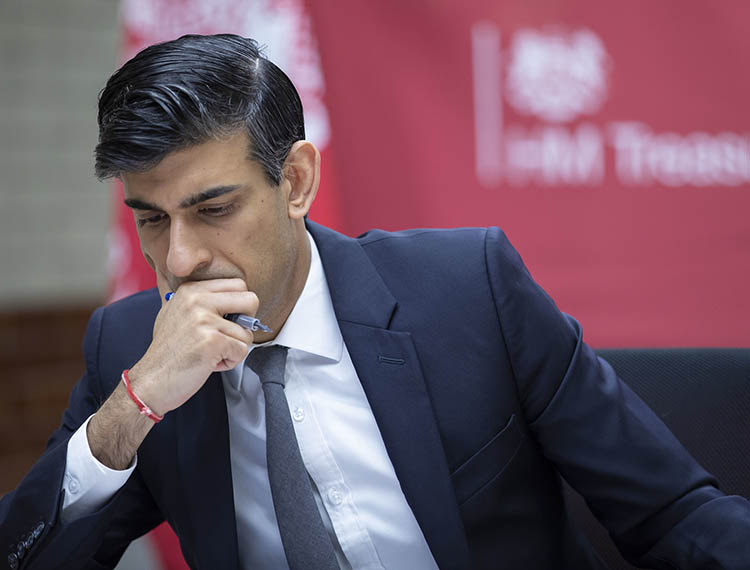Nearly 800 schools have a class of ‘ghost children’ missing every day since Covid lockdown

The equivalent of a whole class of children in 758 schools across the country has not fully returned to lessons since the start of the Covid pandemic – and the problem may be getting worse, according to a new analysis by a leading think-tank, in its latest report Lost but not Forgotten: The Reality of Severe Absence in Schools Post Lockdown.
Commissioned in response to the Government’s failure to provide full data since autumn 2020, researchers from the Centre for Social Justice have found that in around half of local authorities at least 500 ‘ghost children’ have been severely absent from school – defined as attending less than 50 per cent of the time.
Shockingly for the life chances of the most under-privileged kids, schools with the most disadvantaged intakes are ten times more likely to have a class of absent children than the most affluent. For children on free-school meals, the rate of absence is 3.4 times higher than those without – compounding inequalities. Of those children in alternative provision, an eye-watering 25 per cent are severely absent.
Last year the CSJ revealed almost 100,000 kids had yet to return to school full time. Worryingly, through conversations with charities and those working in the sector, the CSJ has found substantial evidence that these problems have been getting worse since, not better.
For example, education charity School-Home support – which works to get kids back into school – found its practitioner workload increase by 38 per cent in the 2020/2021 academic year.
Similarly, the level of need of children using the charity also shot up, with the numbers of children and families presenting with at least two issues shooting up from 65 per cent to 99 per cent.
The child-abuse threat level has also risen dramatically this year. School-Home Support received 272 safeguarding alerts in the year 2020/21 compared with 85 in 2019/20.
The most dreadful example of violence against children to occur during the pandemic was the tragic death of six-year-old Arthur Labinjo-Hughes, who was brutally murdered by his parents. He was kept off school and did not return to school after lockdown ended and schools reopened.
With parents and carers of pupils with low attendance rates reporting being worried about work, finances, and wellbeing – without additional support these problems seem unlikely to abate in the current cost of living crisis.
While the CSJ welcomes the Government’s initial proposals announced this week to tackle the problem, its report calls for the Government to go further and reinvest the underspend from the National Tutoring Programme into getting these ‘ghost children’ back into school, while appointing 2,000 school attendance practitioners to work with families.

Robert Halfon MP, Chair of the House of Commons Education Select Committee, said:
“This is nothing short of a national disaster. The findings of this report highlight all too clearly the calamitous impact school closures have had and demonstrates a real social injustice in our education system. We cannot allow 100,000 so-called ‘ghost children’ to be lost to the system, or destroy their life chances in this manner. Fixing this issue must be the number one priority for the Government.
“Severe absence has spread through our school system like wildfire.
- First, the Government must hold correct, and up-to-date data about this most basic education requirement – attendance.
- Second, the attendance practitioner programme must be dramatically scaled-up to get these children safely back in school.
“The Department for Education must make a choice – do we care about these children or not? Education must not be a ‘survival of the fittest’, but instead, it must look after the most vulnerable in society.”
Alice Wilcock, Head of Education at the Centre for Social Justice, said:
“The sheer numbers of children still missing from school is truly shocking and our evidence suggests that it is getting worse. Severe absence is often a conveyor belt into the youth criminal justice system. 90 per cent of young offenders sentenced to custody have a previous record of being persistently absent from school, and of the prison population, over half reported that they regularly truanted.
“The recently introduced attendance advisor programme is welcome, but the handful so far appointed barely scratch the surface of the problem. We are calling for the government to use some of the underspend from its National Tutoring Programme to urgently roll out attendance practitioners to the schools that need them the most. We must get severely absent pupils back to school.”












Responses